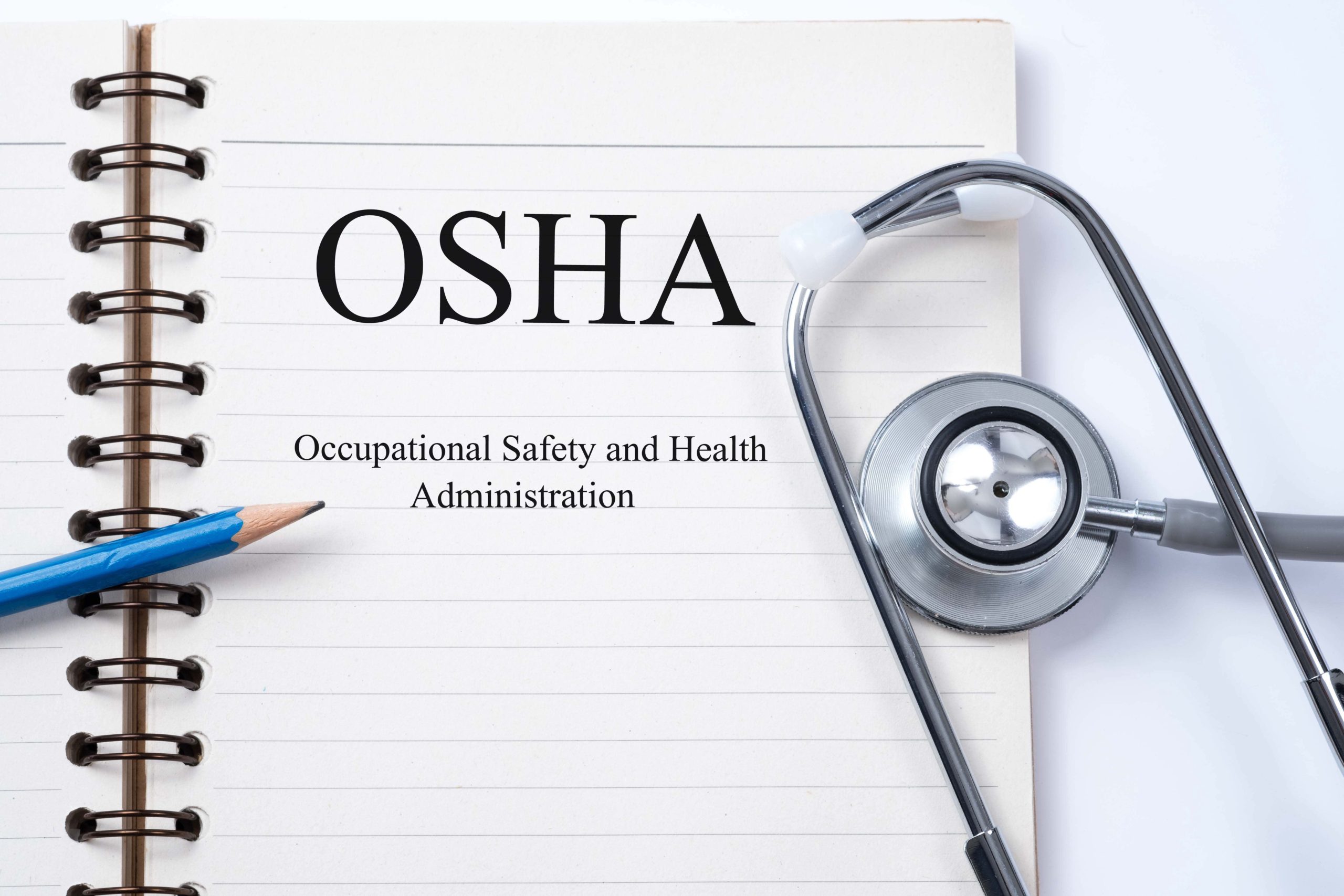What is the New OSHA Rule?
OSHA already requires most employers with 10 employees or more, exempting few minimal-risk industries, to keep records of serious workplace injuries and illnesses. However, starting in 2024, many employers will have to electronically submit those reports to OSHA.
The United States Department of Labor recently announced this new rule regarding workplace accident reporting, which will be in effect beginning on January 1st, 2024. The rule applies to employers in designated high-hazard industries who have 100 or more employees, and mandates that they electronically submit all workplace accident reports to the department’s Occupational Safety & Health Administration (OSHA).
In the U.S. Department of Labor News Release, Doug Parker, the Assistant Secretary for OSHA said “Congress intended for the Occupational Safety and Health Act to include reporting procedures that would provide the agency and the public with an understanding of the safety and health problems workers face, and this rule is a big step in finally realizing that objective.”
What will the data obtained from these accident reports be used for? What industries will be required to follow this new OSHA rule?
Let’s dive in.
How Will Submitted Occupational Injury & Illness Reports be Used by OSHA?
Parker said in the U.S. Department of Labor news release, “OSHA will use these data to intervene through strategic outreach and enforcement to reduce worker injuries and illnesses in high-hazard industries. The safety and health community will benefit from the insights this information will provide at the industry level, while workers and employers will be able to make more informed decisions about their workplace’s safety and health.”
OSHA will not be collecting the names or addresses of employees, or the names of healthcare professionals and facilities.
Which Industries Will Have to Follow the New OSHA Rule?
OSHA has a high-hazard industry list for 2022-2023 located here, which lists industries including but not limited to the following.
- Construction
- Manufacturing
- Agriculture
- Wholesale Trade
- Retail Trade
- Transportation including Trucking & Warehousing
OSHA is now also authorized to issue citations to employers for individual workplace safety violations instead of only issuing citations for repeat violations.
In another U.S. Department of labor news release regarding citations, Doug Parker said “Smart, impactful enforcement means using all the tools available to us when an employer ‘doesn’t get it’ and will respond to only additional deterrence in the form of increased citations and penalties. This is intended to be a targeted strategy for those employers who repeatedly choose to put profits before their employees’ safety, health and wellbeing. Employers who callously view injured or sickened workers simply as a cost of doing business will face more serious consequences.”
Why Does the New OSHA Rule Matter to Employees?
The OSHA rule, as well as other OSHA regulations, are in place to protect employees from hazardous workplace practices. If you suspect that your employer is violating OSHA standards, you have the right to…
- View workplace accident history of injuries and illnesses.
- Request an OSHA inspection without employer retaliation.
- Speak with the OSHA inspector.
- View the results of tests taken to find workplace hazards.
- Report and receive copies of workplace injuries and illnesses.
If your employer knew about a safety hazard in the workplace, and that hazard caused a personal injury, this thorough documentation mandated by OSHA in addition to your rights listed above will make it easier to prove employer negligence and file a lawsuit.
If you’ve been injured in a workplace accident, you’re going to need an experienced personal injury lawyer in your corner, especially if the personal injury resulted from employer OSHA violations. Contact us as soon as possible to schedule your free initial consultation for free legal advice from an experienced St. Louis personal injury attorney near you. We’ll protect your rights and fight for the financial compensation you deserve.

